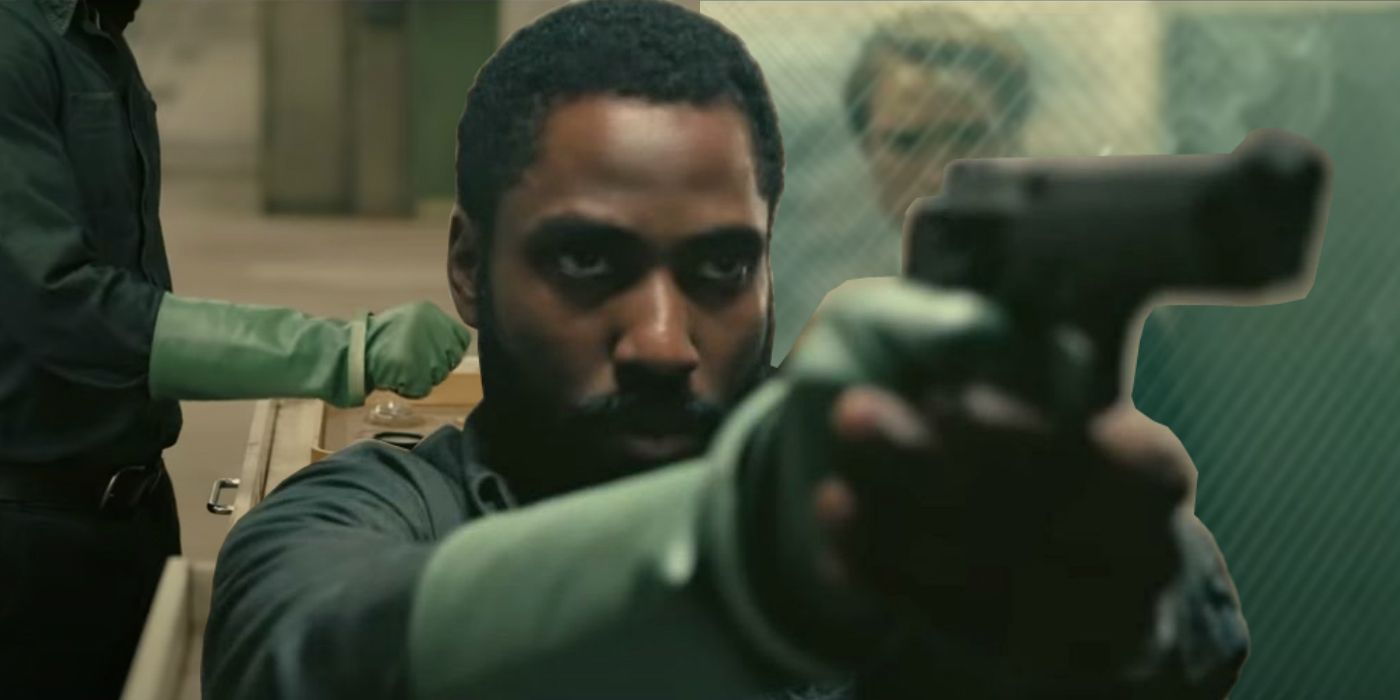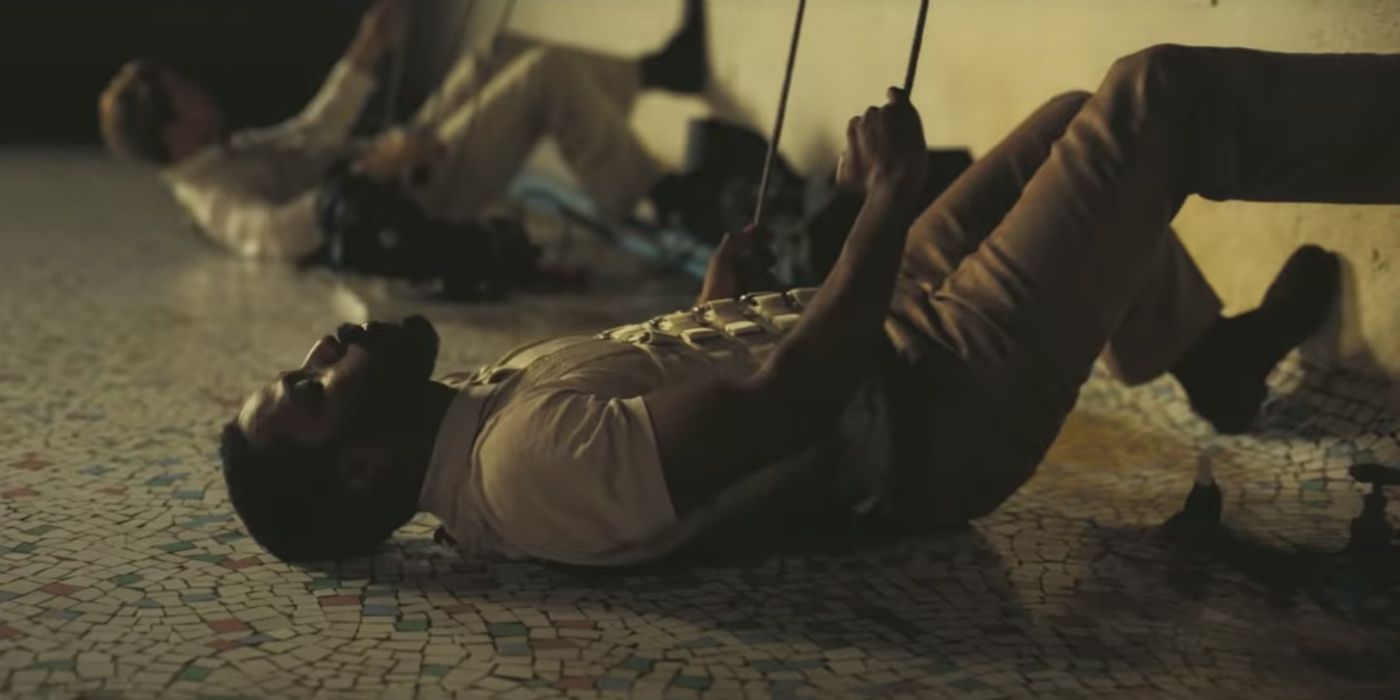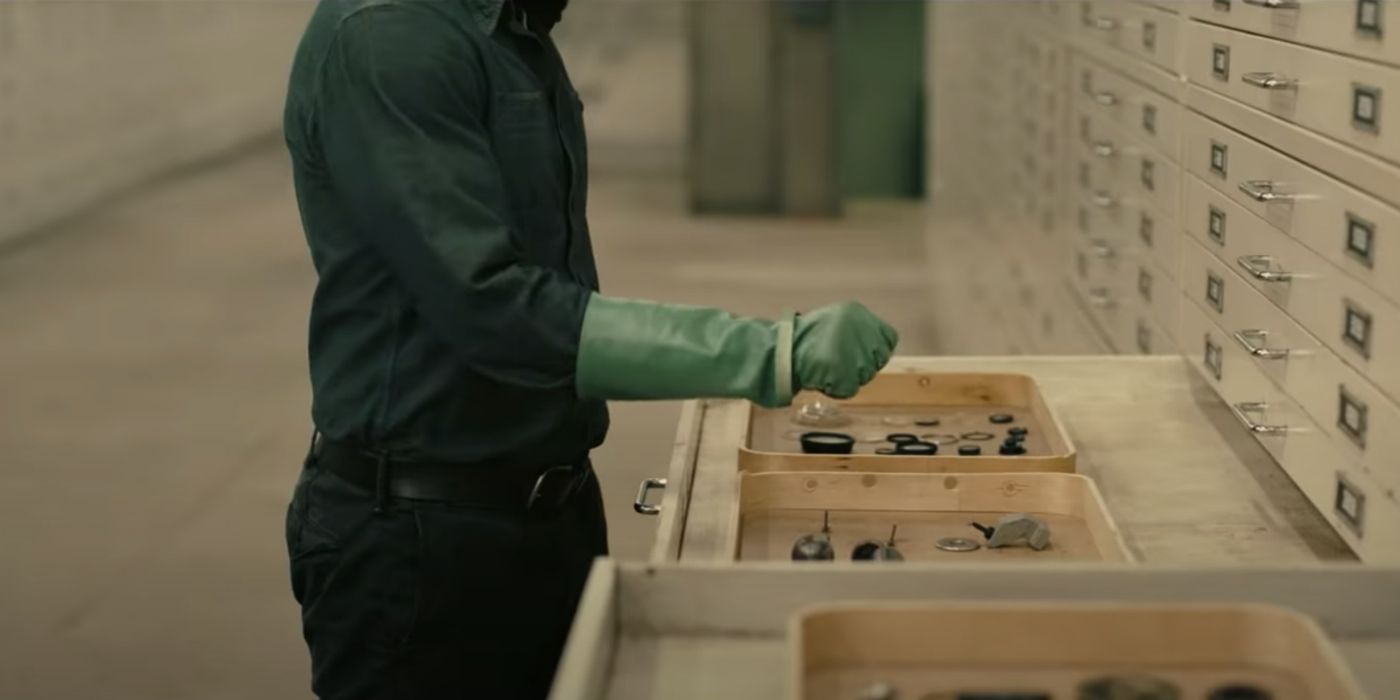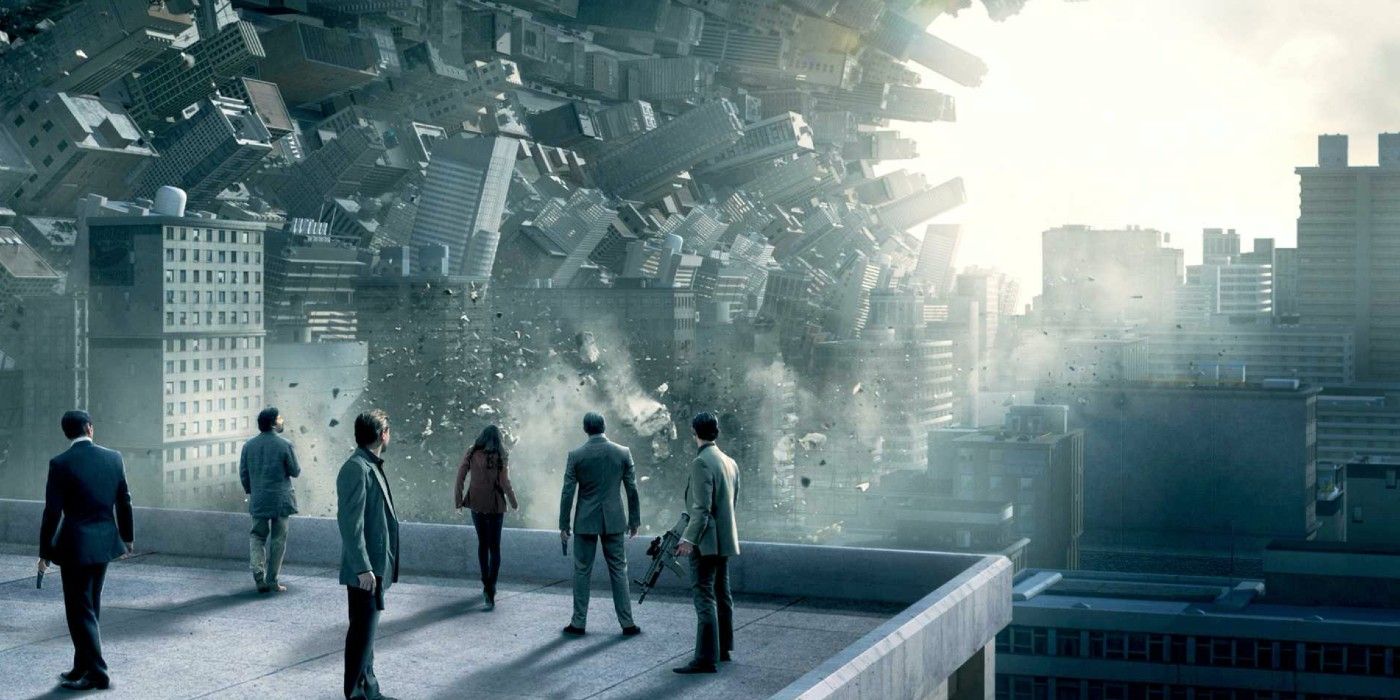Christopher Nolan's sci-fi Tenet centers around the idea of time inversion, or more plainly, time reversal, which is the director's most ambitious take on the sci-fi movie trope of time travel to date. Tenet, which Nolan wrote as well as directed, is set in the world of espionage, although much of its story pre-release was necessarily shrouded in secrecy. Aside from its impressive cast, led by John David Washington, whose character is known only as The Protagonist, there is a lot to be intrigued by in Nolan's instant, mind-bending classic.
The main thrust of the narrative sees The Protagonist recruited by a mysterious organization and charged with preventing a potential World War 3 on the horizon - and all he's given to assist him in his mission is the word "tenet". With Robert Pattinson's character, Neil, assisting him, he has to uncover both the secrets of what's going on - somehow mysteriously connected to Kenneth Branagh's powerful and dangerous Andrei Sator - and how to use Tenet's time travel mechanics to guarantee humanity's survival.
Every Christopher Nolan Movie Ranked Worst To Best
As has become typical of Christopher Nolan movies, the way time factors into the story in such an intrinsic way is one of Tenet's biggest hooks and ensures it stands apart from any other spy film before it. Here's what the inversion and time reversal in Tenet is, how it works, and how it factors into the movie's impressively twisty narrative.
Last updated: August 27, 2020
What Inversion & Time Reversal Is
Rather than the relatively more straightforward idea of time travel seen in similar movies, where the characters actually jump backwards or forwards through time to fixed points and the audience follows them on that journey, Tenet uses time reversal, or time inversion. This is a rather different approach and an important distinction, because time travel still adheres to the general rules of physics, at least in so far as there remains a cause and effect to every action. Time inversion, however, as the name of the film makes clear, inverts or reverses this, with events, motions, and people moving backwards rather than forwards. There is still cause and effect, but Tenet protects the threat of paradox by having cause and effect permanent. What's happens has happened, to borrow from the film's terminology.
The palindromic name Tenet also tells audiences that what's also being used here is the idea of a time reversal invariance, which is where events can play out the same way forwards or backwards, and it can be difficult to tell which one you're watching. The question of how time is progressing and which order events are happening and have happened is a huge part of Tenet's storytelling approach as Nolan plays with what the hero and audience's positions relative to story really mean.
How Inversion Works In Tenet's Universe
As teased first in Tenet's second trailer, there are a number of examples of time inversion throughout Tenet: the car chase that culminates in the car turning over as part of the major inverted set-piece, the encounter between The Protagonist and the other Protagonist in Tallinn and the times Washington's protagonist and other characters "fire" guns. Aside from lending a whole new meaning to the term "bullet time", the first gun sequence is used as an explainer as to how inversion works. Thanks to technology sent back from the future - including turnstiles that invert or correct objects relative to the flow of time - anything or person can be inverted, having their entropy reversed, which, according to the second law of thermodynamics, (as time moves forward, entropy can never decrease) is impossible.
An inverted object or person appears to be moving backwards to someone whose entropy remains constant. This all ties into how Washington and his team, including Pattinson, use the technology to travel backwards through time to prevent World War III. Time itself cannot be turned back, but rather inverted objects and individuals travel against it rather than with it, like they're walking up-stream against the current.
How Inversion Fits Into Tenet's Story
The core of Tenet's story is the fight to prevent World War 3 from nefarious future antagonists hell-bent on destroying the world in punishment for global warming. The film's early warning is that the cataclysmic event they plan is worse than armageddon. Thanks to their use of inversion technology, time is weaponized, and Washington's character is the one with the power to prevent it. Kenneth Branagh works with the future foes and uses the inverting technology to recover 9 parts of a catastrophic bomb designed to completely reverse the flow of time to devastating effect.
Tenet's marketing remained mysterious, but the film reveals a looming temporal war indicated by the inverted detritus of a war turning up in the present day. The Protagonist is chosen as the person to prevent that from happening by following the threads to uncover the missing piece of the algorithm (the inverted bomb sent to reverse the time-flow), learning how to use inversion to his own advantage along the way.
How Tenet's Inversion Compares To Christopher Nolan's Other Time Travel Movies
As mentioned, Christopher Nolan is no stranger to using time travel devices in his movies, although Tenet does stand apart from the rest. The closest comparison comes with Memento, in which the events played out both chronologically (the black and white footage) and non-chronologically (the color footage). In Inception, the worlds being affected are largely within dreams, where the laws of physics don't apply. That abandonment of physics is largely why Inception is counted as a sort of sibling in-law to Tenet. Interstellar allows characters to travel at the speed of light via a wormhole and the entire final sequence is basically the inspiration for Tenet to exist at all. This is essentially Nolan thumbing his nose to those who criticized the supposed lack of scientific logic to that movie. Finally, Dunkirk, similar to Memento, plays around with chronology, with each storyline taking place on a different timeline - one hour (air), one day (sea), and one week (land) - but edited together to make the viewer believe that they're happening at the same time.
What's most interesting about Tenet's approach, and the biggest difference to Nolan's previous time travel-related films, is that it is more directly altering the flow of time itself and playing with the idea of narrative structure at the same time. Nolan's films play around with time, but what they're mostly doing is changing the audience's perception of time, but presenting events in different, non-linear ways. Tenet is going much further than that, by having time play out in reverse in some scenarios, and giving characters a level of control over that too - it's similar to the approach of Inception, but if those dream events were possible in the real world. That makes Tenet Nolan's most time-bending film yet and the fact that it plays out as a palindrome, along with the title, is its most stunning achievement.





